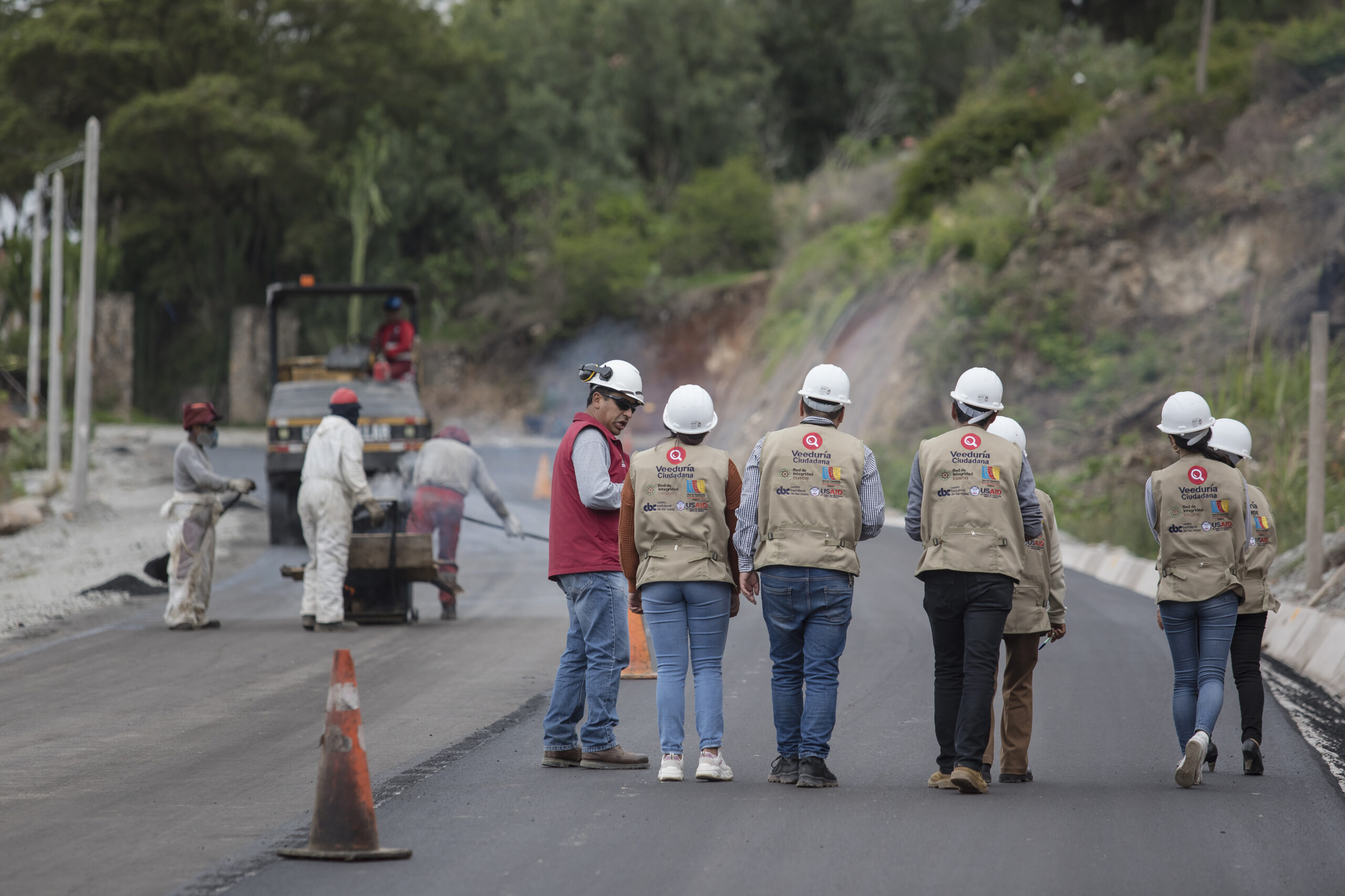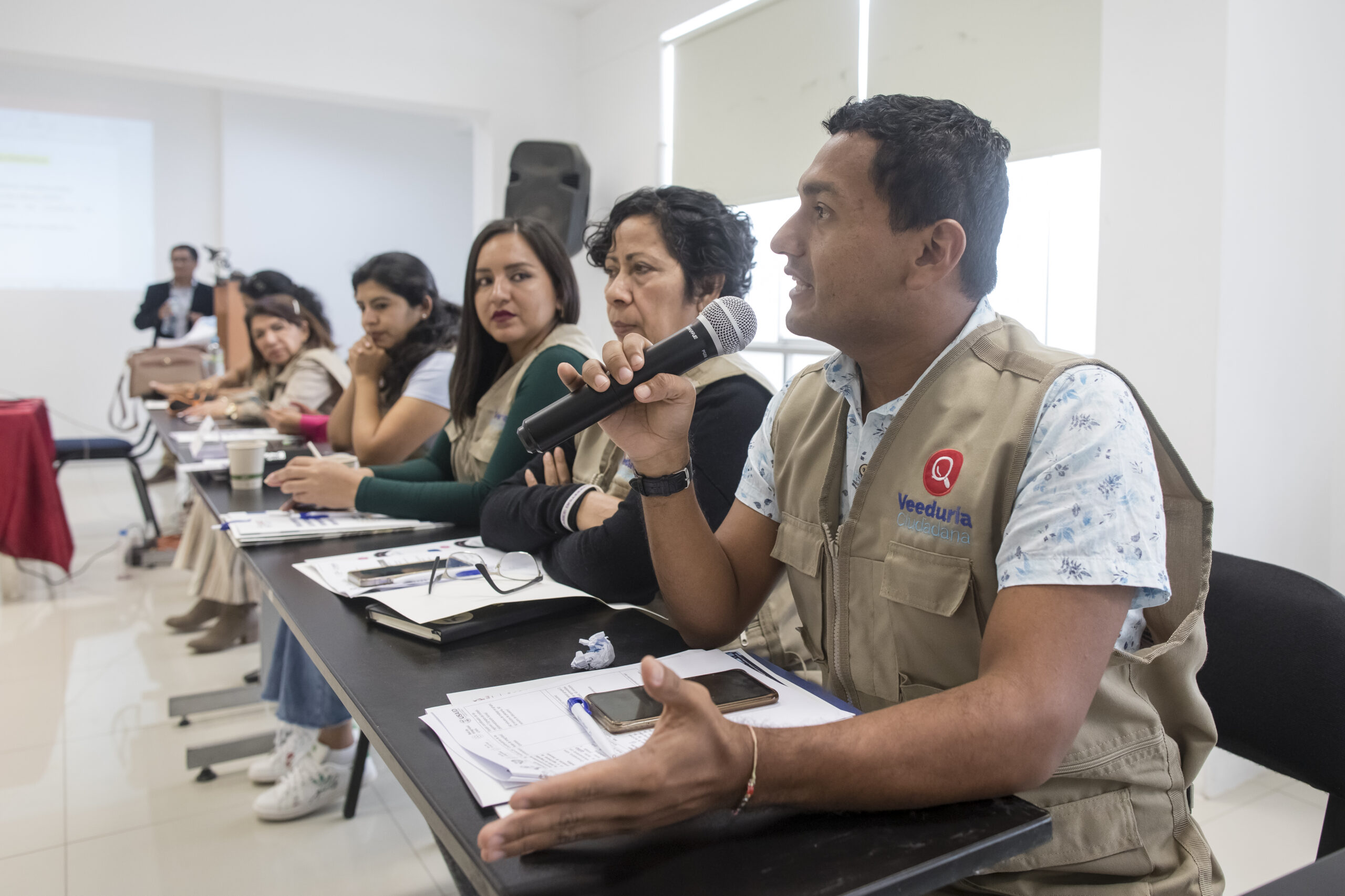Case Study
Promoting Transparency and Integrity in Peru’s Public Procurement System
Uniting civil society, media, and government to promote transparency
Anticorruption and Integrity
Public Procurement

The Challenge
Peru's public investment and procurement systems were plagued by opacity, weak oversight, and discretionary practices that led to frequent corruption. Civil society and private sector actors were often excluded from oversight processes, reducing accountability. Although national integrity policies existed, implementation tools were lacking.Our Solution
A Participatory Approach to Transparency
- Integrity Standards and Co-Creation. Chemonics co-created and piloted 15 integrity standards for public procurement with regional governments and national agencies. These were applied in 10 public investment projects benefiting vulnerable populations, then scaled across five regions.
- Civic Networks and Monitoring. We facilitated integrity networks in seven regions to unite civil society, media, and government in promoting transparency. These networks monitored public investments and strengthened participatory governance.
- Capacity Building and Risk Analysis. Chemonics helped five regional governments raise their corruption prevention capacity—Cusco rose from 19% to 49%, Piura from 19% to 78%. We also partnered with the Office of the Comptroller General to pilot a Health Facility Risk Index to assess and address procurement vulnerabilities in the health sector.
- Institutionalizing Tools. Our team supported Peru’s Public Integrity Secretariat in adopting the Public Integrity Model and Preventive Capacity Index, used nationally to assess and incentivize improvements in integrity.


The Impact
Adopting an Evidence-Based Approach to Anti-Corruption
Chemonics’ work in Peru helped institutionalize anti-corruption tools, empowered stakeholders across sectors, and strengthened the ability of public institutions to prevent and respond to corruption. Our approach ensured that transparency reforms were not only adopted, but sustained through collaboration, evidence-based risk analysis, and citizen engagement.